Engineers have made bendable solar cells from ultra thin semiconductors—which for all their elasticity still boast a power-per-weight ratio on par with established thin-film solar cells.
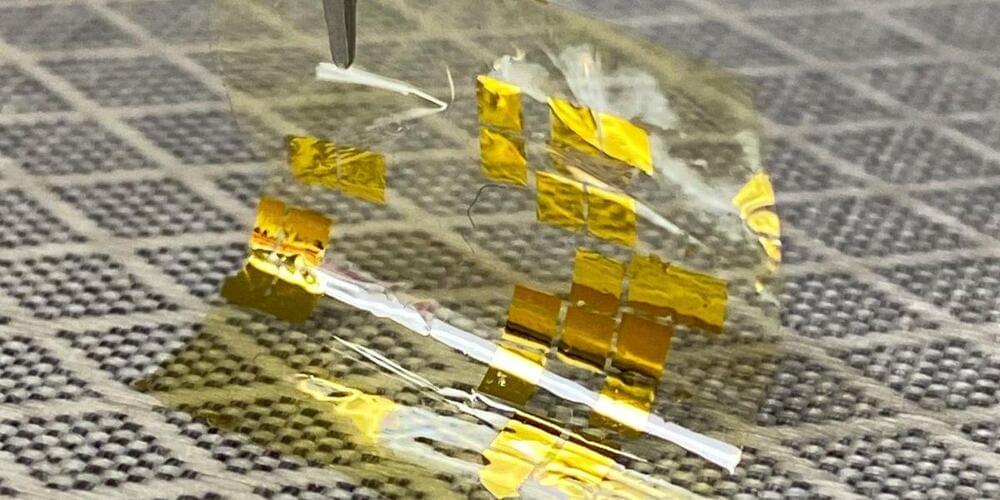

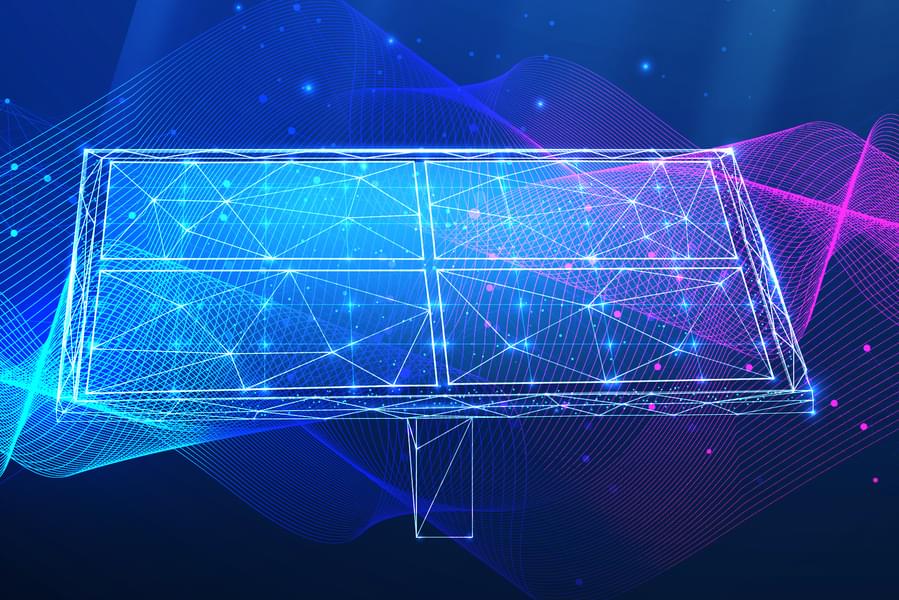
A new computational simulator can help predict whether changes to materials or design will improve performance in new photovoltaic cells.
In the ongoing race to develop ever-better materials and configurations for solar cells, there are many variables that can be adjusted to try to improve performance, including material type, thickness, and geometric arrangement. Developing new solar cells has generally been a tedious process of making small changes to one of these parameters at a time. While computational simulators have made it possible to evaluate such changes without having to actually build each new variation for testing, the process remains slow.
Now, researchers at MIT and Google Brain have developed a system that makes it possible not just to evaluate one proposed design at a time, but to provide information about which changes will provide the desired improvements. This could greatly increase the rate for the discovery of new, improved configurations.
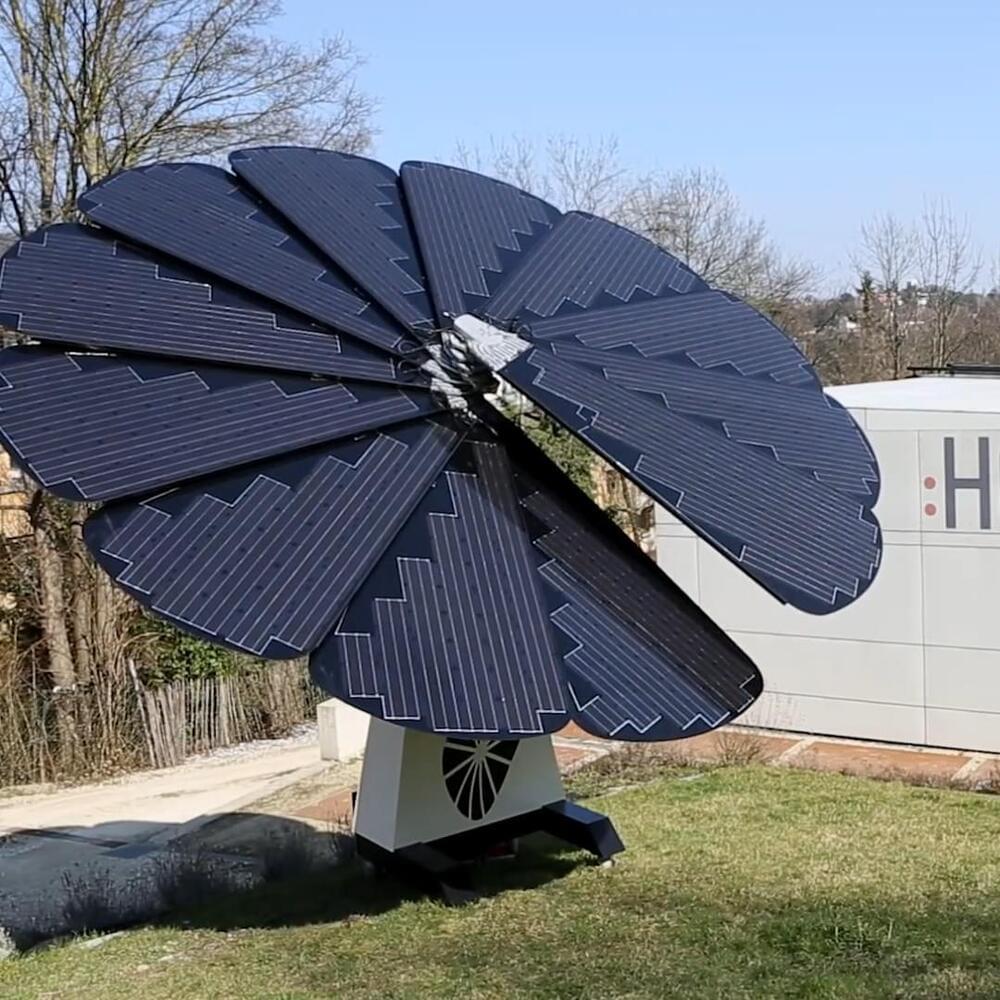

Heliogen announced the roll-out of its robots to install and clean its CSP plants.
Heliogen, a California-based developer of concentrated solar power (CSP) plants, held the first technical demonstration of its ICARUS, or Installation & Cleaning Autonomous Robot & Utility Solution.
ICARUS is a system of autonomous robots designed to clean the heliostats, which are the reflective mirrors of the CSP system. Heliostats reflect sunlight into a collection tower, where the light and heat is converted to electricity and usable thermal energy. Recently, the company partnered with Bloom Energy to produce hydrogen fuel.
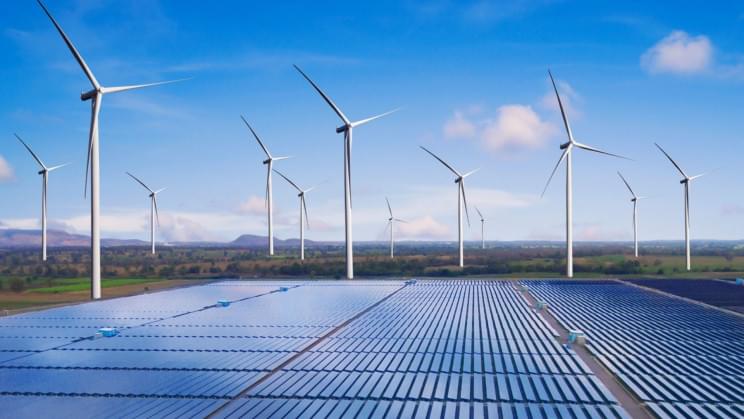
And it would create 4.7 million long-term jobs.
The United States’ energy system that’s running completely on wind, water, and solar, combined with storage, would not only avoid blackouts but also lower energy requirements and consumer costs, a Stanford University study has shown. In addition, this would create millions of jobs, improve health, and free up land for various other purposes.
This is incredibly important because, for some people, a future powered by renewable energy isn’t feasible due to concerns about blackouts driven by inconsistent electricity sources. Take, for example, the grid blackouts caused by extreme weather events in California in August 2020 and Texas in February 2021.
However, the study, which examined grid stability under various scenarios in which wind, water, and solar energy supplied 100 percent of all energy needs in the U.S., has now demonstrated that those concerns are misplaced.
Full Story:

The auto-retracting system can be deployed when solar energy is needed.
California-based energy firm Xponent Power developed an auto-retracting Xpanse Solar Awning that can be deployed if and when solar energy is needed, a report from New Atlas reveals.
The retractable solar panels move out to the side of the RV, creating a nice bit of shade for travelers, at the same time as providing on-demand solar energy. Depending on the model, owners will get 800, 1,000, or 1,200 watts of charging power.
The off-grid solution was designed to allow RV owners to camp away from electrical sockets for days at a time, and it can be easily mounted to either side of the vehicle. The Xpanse awning is made up of a 16 x 7-foot (4.9 x 2.1-m) “fabric” of high-efficiency glass-based solar panels. The awning features “bi-facial” solar panels, meaning it captures the energy of the sun from above as well as from below — the underside can capture a surprising amount of energy from reflection off the ground and the RV itself.
The Xpanse awning is deployed at the push of a button, and it has an auto-retraction feature that will automatically pull it back in during stormy and windy conditions to avoid damage. On top of this, Xponent says that the panels feature small air gaps that make them more stable in moderate wind conditions.
Full Story:
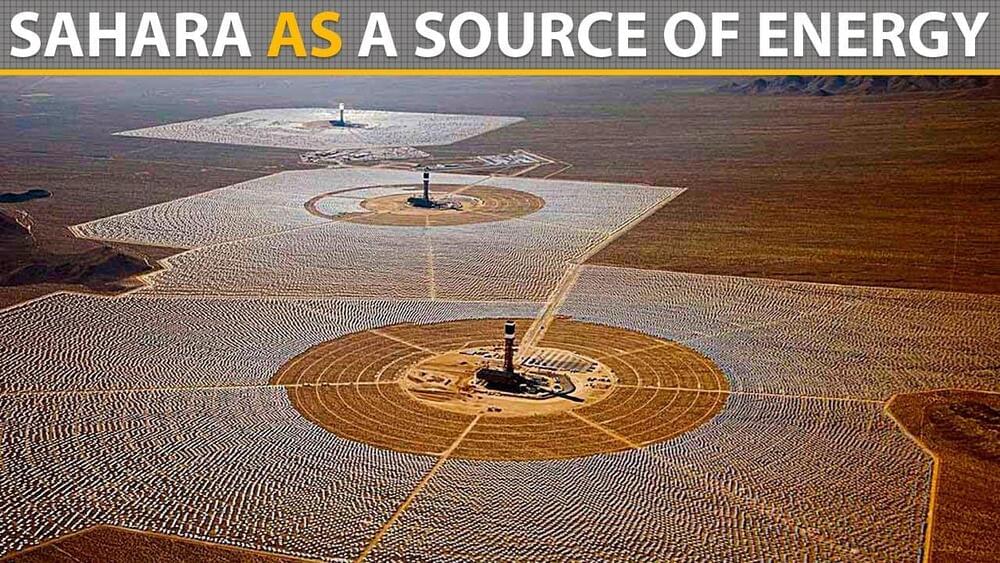
Tens of thousands of years ago, on the territory of the uninhabited Sahara Desert, gardens flourished, rivers flowed, ancient people cultivated fertile lands. However, we know how it all ended — today in this place is a desert scorched by the blazing sun with an area 38 times the size of Great Britain. However, humanity has a chance to return life to these lands again, and as a bonus to receive free electricity for all inhabitants of the planet.
The installation of wind and solar farms could radically change the climate in this region: more rainfall, which will lead to a revival of vegetation and a drop in temperature. At least that’s what Yang Li, the study’s author and senior researcher at the University of Illinois, says. No mystery! Wind turbines facilitate the diffusion of hot and cool air. This, in turn, will raise the average rainfall by 50%, and solar panels absorb most of the solar energy, preventing it from overheating the earth.
All this will be effective only with the global development of a lifeless desert. The process has already begun. But they tried repeatedly to tame the cruel and hot sun of the Sahara.
#inventions #technology #solar.
Don’t miss next videos: Press the little bell ((🔔)) to get notifications.
Production Music courtesy of Epidemic Sound https://www.epidemicsound.com/
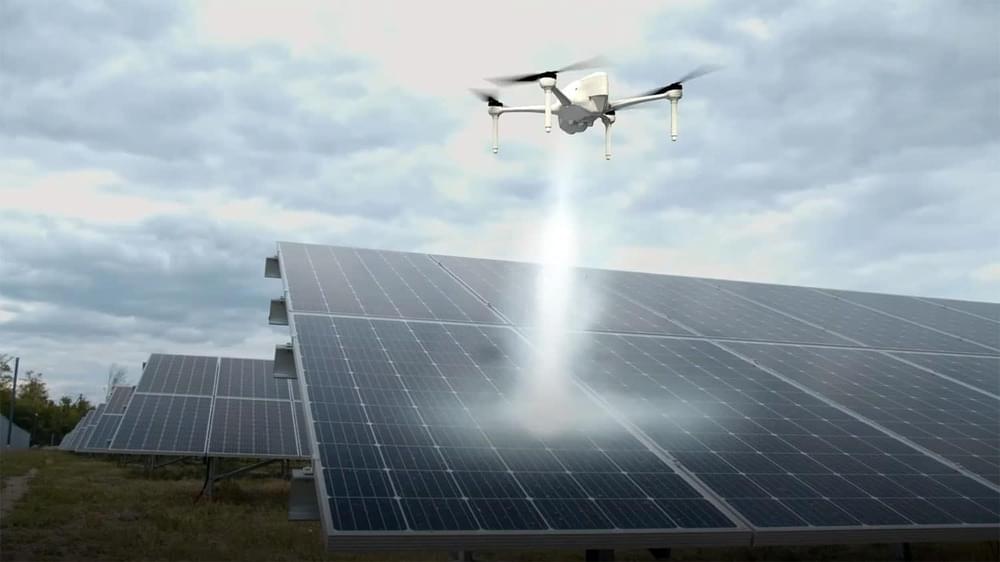
Israeli drone manufacturer Airobotics has collaborated with Israeli solar farm services company Solar Drone to develop and supply to Solar Drone a unique solar panel cleaning drone system. The fully automated system will include a drone docking station for automatic battery replacement and cleaning fluid replenishment, enabling the system to operate continuously.
While solar power and solar panels are essentially maintenance-free systems, but solar panels do require cleaning from time to time to enable proper function. Dirt, dust, mud, and bird dropping greatly reduce solar panel efficiency, impacting power output. Frequent cleaning is expensive and time-consuming, especially when panels are remote, difficult to access, or difficult to clean.
A new “drone-in-a-box”-type system is now being developed to do this job. A quadrocopter is housed inside a weatherproof dock located near the solar panels. At regular intervals, the station doors on top will open, releasing the drone. The drone will then take off and fly up to the panels, using LiDAR sensors and mapping cameras for more accurate positioning. Each panel will be sprayed with a cleaning fluid, and after completing the task, the drone will return to the docking station. If necessary, the robotic system will replace the discharged battery with the charged one and replace its cleaning fluid container with a full one.

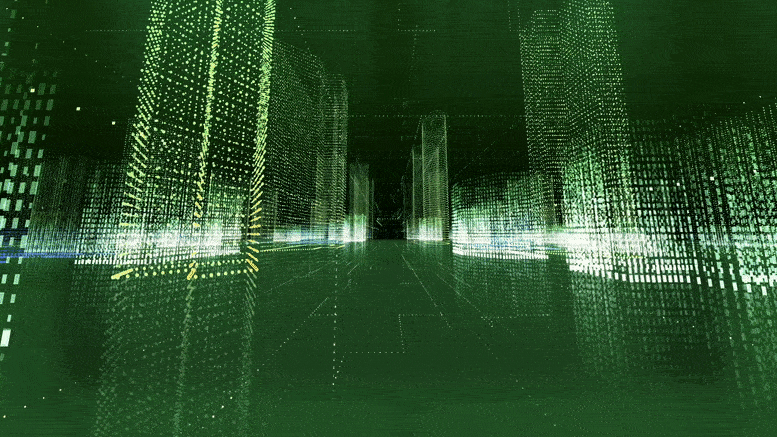
Graphene consists of a planar structure, with carbon atoms connected in a hexagonal shape that resembles a beehive. When graphene is reduced to several nanometers (nm) in size, it becomes a graphene quantum dot that exhibits fluorescent and semiconductor properties. Graphene quantum dots can be used in various applications as a novel material, including display screens, solar cells, secondary batteries, bioimaging, lighting, photocatalysis, and sensors. Interest in graphene quantum dots is growing, because recent research has demonstrated that controlling the proportion of heteroatoms (such as nitrogen, sulfur, and phosphorous) within the carbon structures of certain materials enhances their optical, electrical, and catalytic properties.